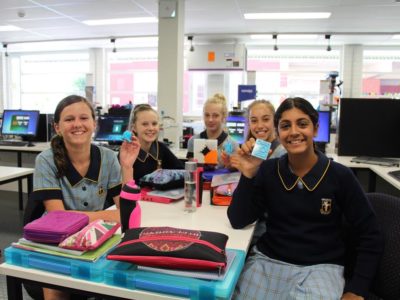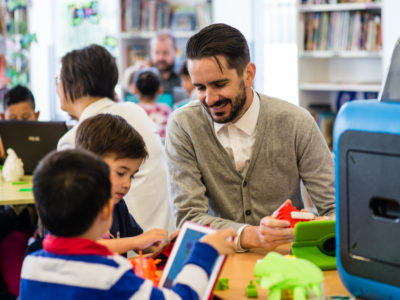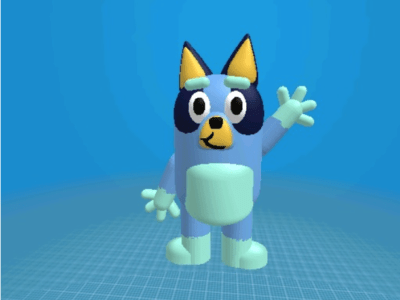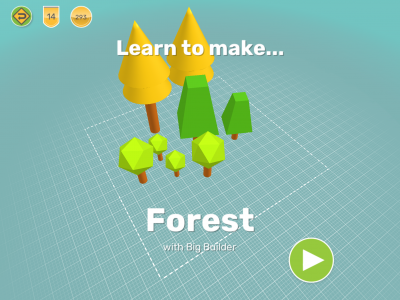Our series of six blog posts, unpacks each of Gardner’s elements of emotional intelligence and look at ways teachers can use Makers Empire to develop these qualities in students. Previous posts focused on ways to help students develop self-awareness, self-reflection, empathy, motivation and social skills. This final post in the series focuses on self-regulation.
Self-regulation is the ability to recognise, understand and manage your emotional reactions and behaviours in response to things that happen around you.
People with well-developed self-regulatory abilities are able manage the way they respond to strong emotions such as excitement, frustration, anger, embarrassment and fear. They are able to calm themselves down after feeling excited or upset. Self-regulation also helps us to focus on tasks and refocus our attention to a new task, control our impulses, and behave in ways that helps us get along with other people.
Dr. Stuart Shanker, Founder & Visionary of The MEHRIT Centre in Canada recently wrote about five domains of self-regulation:

1. Activities that allow self-expression through dance, drawing, movement, painting and other creative endeavours are well known for helping us to regulate our emotions and energy levels. This means that simply allowing students to create in 3D with Makers Empire can equip them with another tool to choose from when they need a creative outlet.

2. Partner activities where students are required to take turns can help students practice controlling their impulses, and social self-regulation. Collaborative design activities where students take it in turns adding a shape to a design, or swap devices after a certain time can help create self-regulation opportunities.

3. Simple games that require students to respond to cues and refocus their attention can help with cognitive regulation. Students might be asked to roll a dice and add the corresponding number of shapes to a design before rolling the dice again to determine the next number of shapes to be added.

4. Try creating memory games using Makers Empire. Perhaps, share a simple design with the class and then have students recreate the design as closely as they can from memory.

5. Our pro-training tutorials can help develop self-regulation by asking students to complete each step accurately before moving onto the next step. Students need to focus on the required action and perform it accurately without being distracted by other possible actions or features in order to achieve a successful result.

Mandi Dimitriadis, DipT. is the award-winning, highly regarded and passionate Director of Learning at Makers Empire. She is an experienced classroom teacher who recognises the power of technology to enhance teaching and improve educational outcomes. Mandi has extensive experience with curriculum development and learning, having previously developed programs for the Australian Government’s Department of Education, and having created custom curriculum for Makers Empire schools in the USA, China and the UAE. She is passionate about Design Thinking and how best to prepare today’s students for the future.

Please wait while you are redirected to the right page...